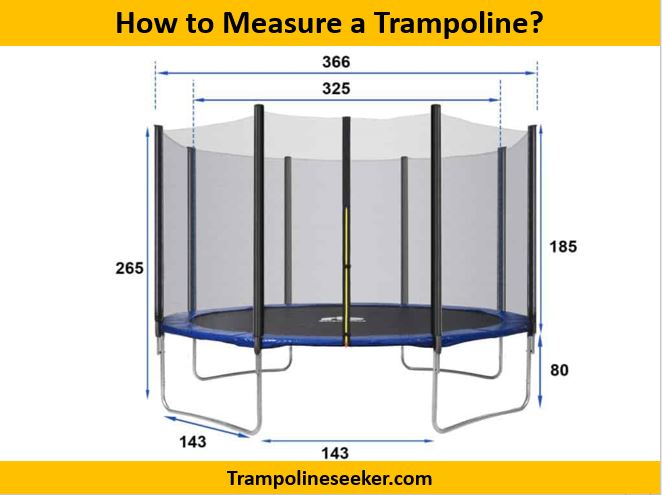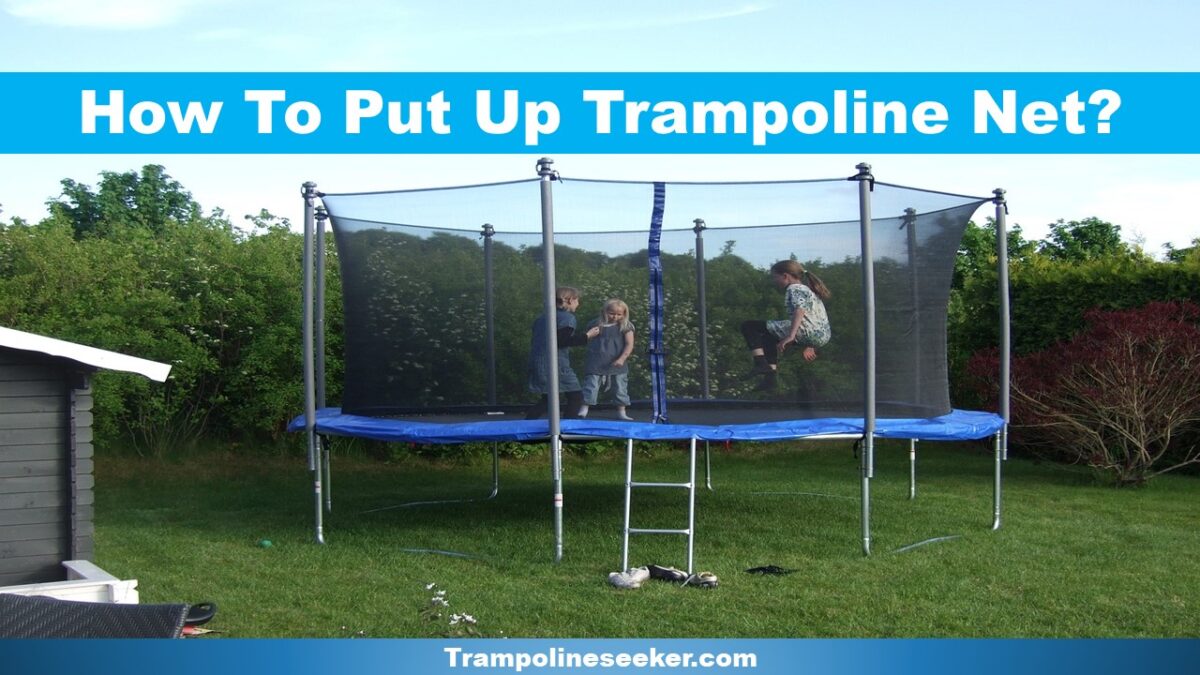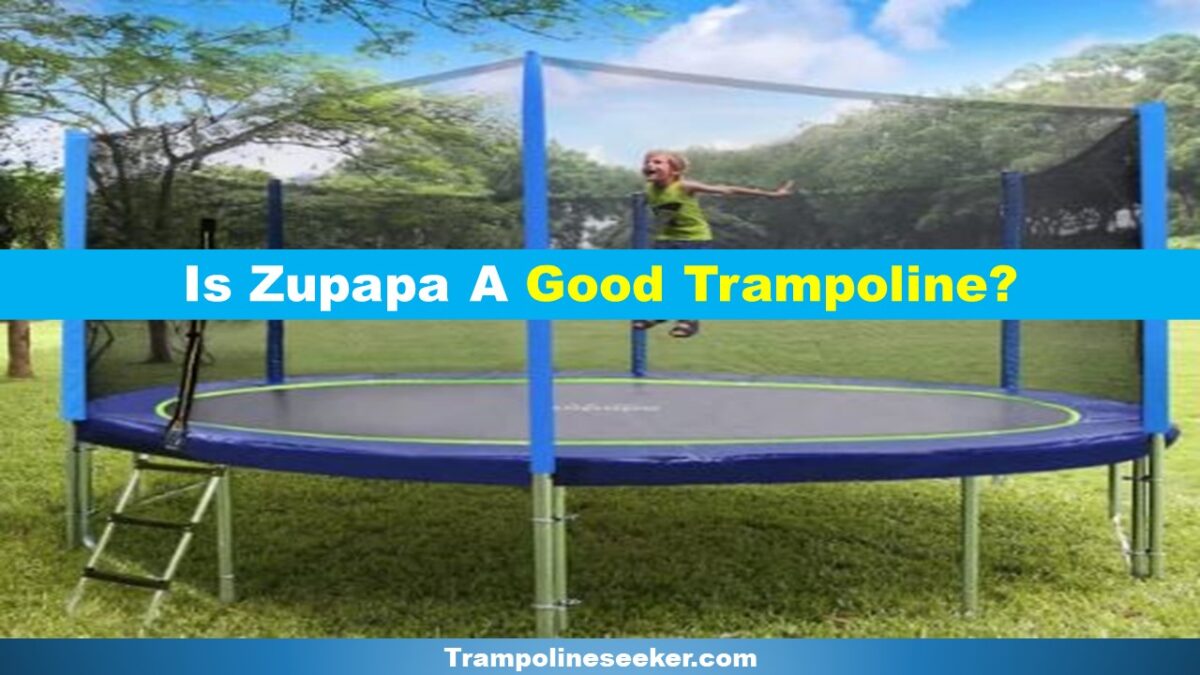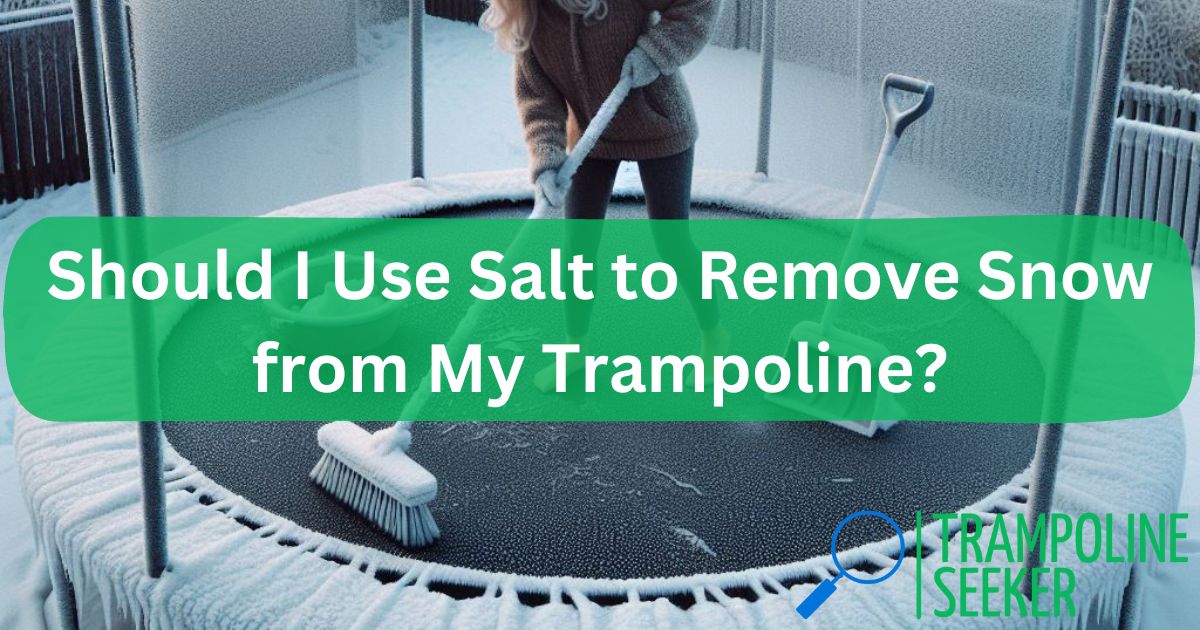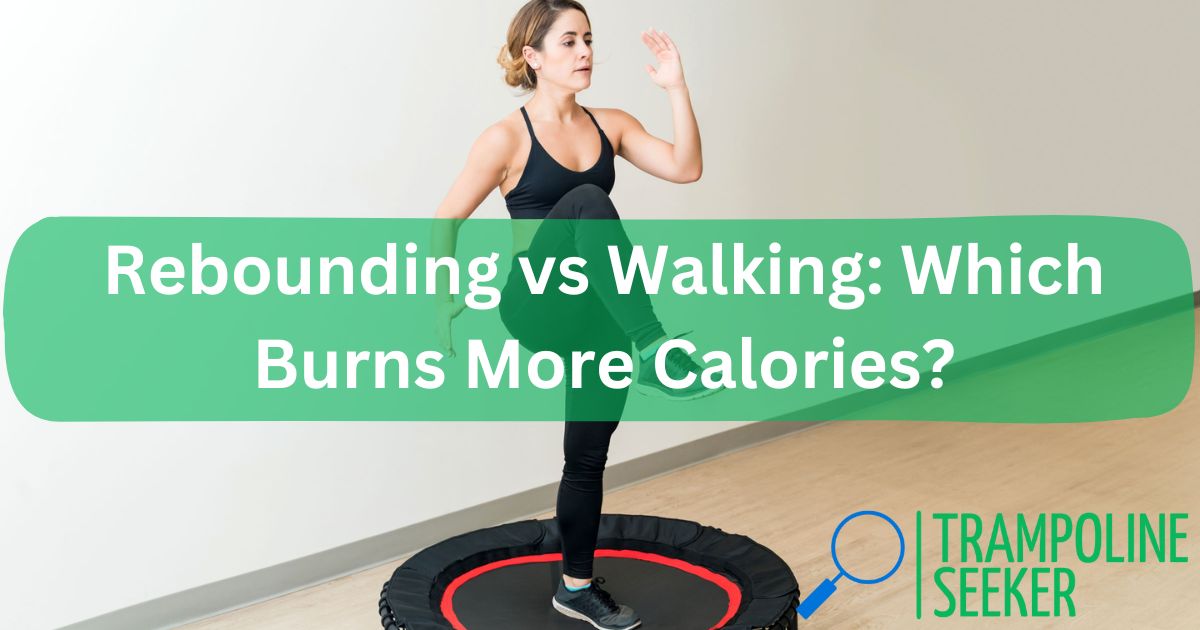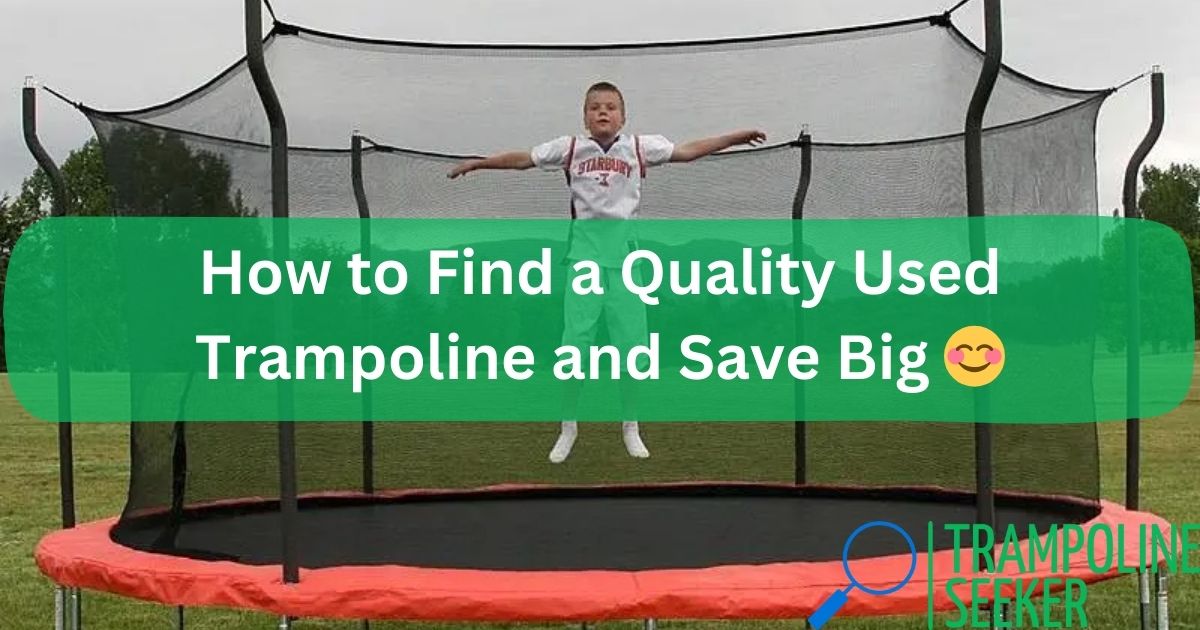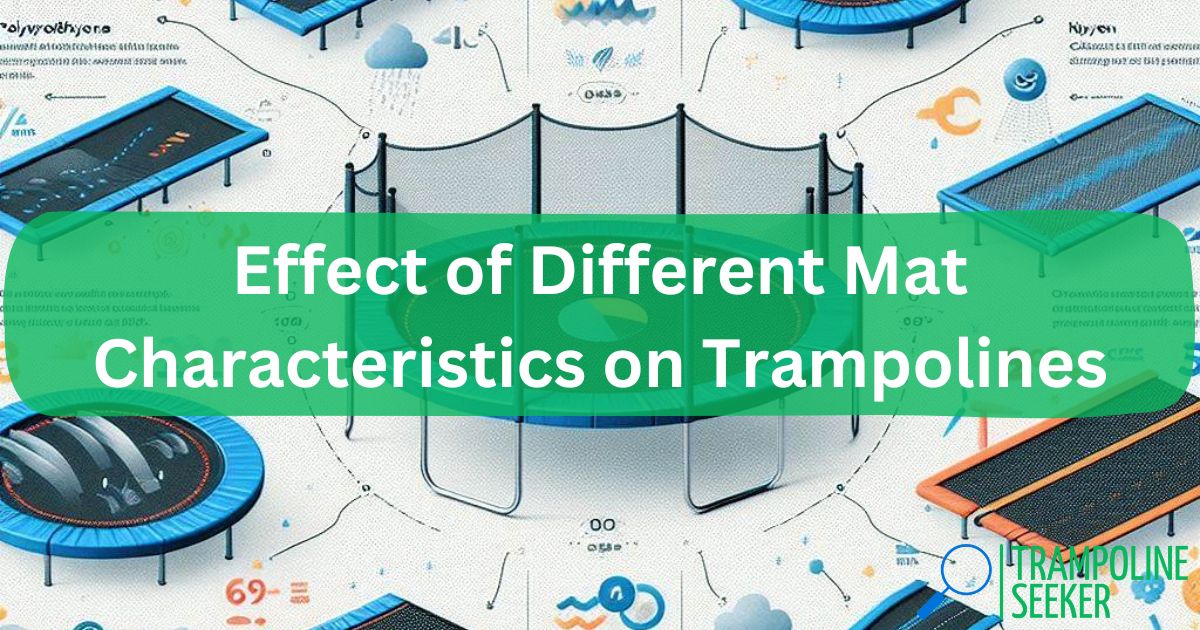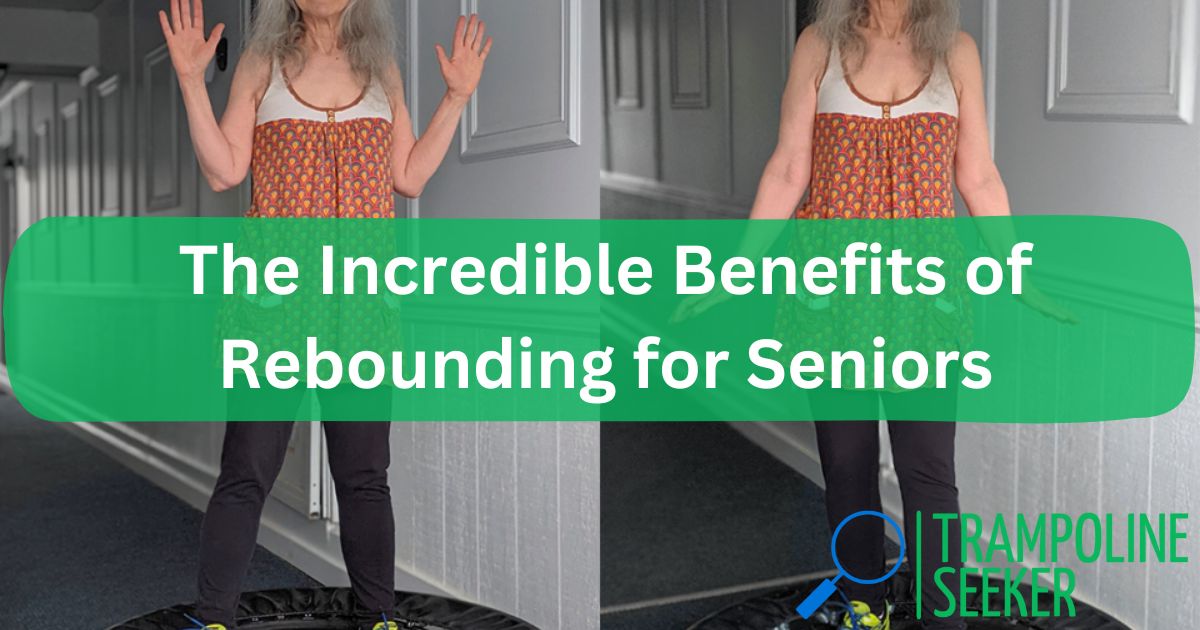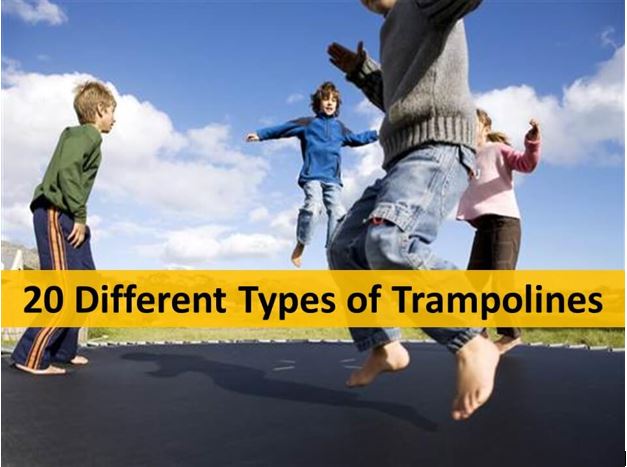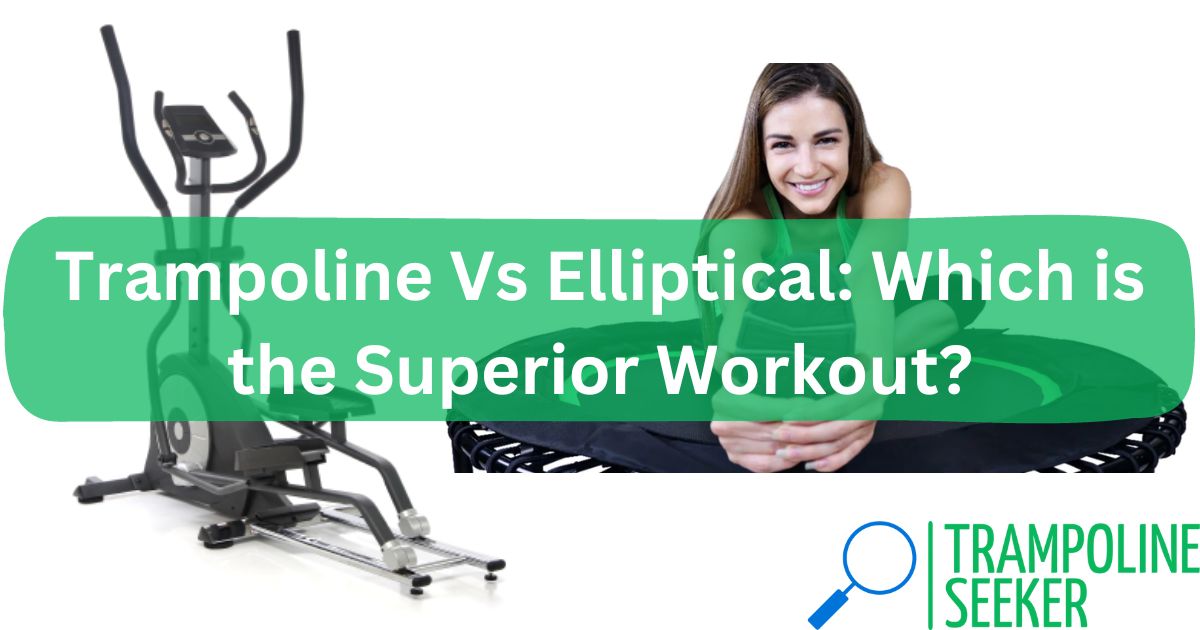I was recently shopping on Amazon for a trampoline for my backyard when I noticed something strange. There were dozens of near-identical trampolines all being sold under different brand names I didn’t recognize. Even more strangely, many of these no-name brands claimed extraordinarily high weight limits of 1200-1500 lbs. As an experienced trampoline buyer, I was skeptical. Reputable brands typically only rate their comparably sized trampolines for 250-300 lbs.
So what gives? Can these cheap Chinese trampolines really support as much weight as they claim? I decided to dig deeper to find the truth.
My Research into Cheap Chinese Trampolines on Amazon
As I researched further, I confirmed my suspicion that most of these no-name Chinese trampoline brands on Amazon are essentially selling the same exact product. The frames and mats all look identical, leading me to believe a single Chinese manufacturer is producing them and sellers are just slapping on their own logos.
But that still didn’t explain the improbably high weight limits advertised. Were they simply exaggerating with no basis? Or was there some kernel of truth to the claims?
To find out, I looked closer at how trampoline weight limits are determined. What I found is that there are different methodologies trampoline manufacturers can use:
- Static Load Testing: Placing weighted bags at various points on the trampoline until failure. This tests raw materials strength but does not simulate real-world dynamic loads.
- User Testing: Measuring the forces exerted by human jumpers during use. More realistic but results can vary widely depending on jumper weight, height, jump style, etc.
- Computer Modeling: Using CAD software to simulate forces on the trampoline mathematically. Very precise but dependent on accurate inputs.
With this context, I reached out to a few of the Amazon sellers with questions about their advertised limits. Most didn’t respond, but one seller did confirm that they determine the ratings by static load testing only. Aha!
While impressive on paper, this does not reflect the true dynamic load capacity that matters for safe use. When a 150-lb person is bouncing 8 feet in the air, they are exerting far more than 150 lbs of force at the moment of impact. The repeating shock cycles will fatigue and damage components over time.
So in summary – while these cheap Chinese trampolines may be able to support 1500 static lbs before catastrophically failing, this does not mean it is safe for two 750-lb people to jump simultaneously. The true working capacity – based on realistic dynamic loads – is certainly much lower than claimed.
Why Reputable Brands Rate Differently
In contrast to the dubious Chinese brands, when a company like Springfree or JumpSport rate one of their trampolines at 250 lbs or 300 lbs, you can believe it reflects empirical, real-world testing that accounts for dynamic loads over the working life of the product.
As a professional mechanical engineer explained to me:
“Mechanical limits are done in many ways. You can put sandbags on the edge of the trampoline until it collapses. Or you can put sandbags on the center until it collapses. Both are static tests and will give high numbers. But consider a 200-pound man bouncing 6 feet in the air. He’s pulling 3-4x his body weight on each landing. As he goes higher, forces multiply more. If he botches a landing, a force that the whole frame distributed could cripple just one leg.”
The key takeaway is that while a static load test makes for an impressive bullet point in Amazon listings, it does not give an accurate measure of real-world safety – especially for an inexpensive product produced with minimal quality control.
Recommendations for Purchasing a Safe Trampoline
So in the end, what have I personally concluded? Are the weight limits claimed by cheap Chinese trampoline brands on Amazon correct?
The short answer is no. The 1500 lb capacity claims are misleading at best and downright dangerous at worst if taken at face value.
Instead when shopping for a new trampoline, I recommend considering the following guidelines:
- Buy only from reputable brands – Companies like Skywalker, Springfree, and JumpSport have rigorous testing and quality control standards that ensure their stated limits reflect real-world conditions. This gives much more margin for safety.
- Prioritize build quality and materials – Don’t put too much stock just in the stated limit alone. Two trampolines rated for the same capacity could have very different lifespans depending on underlying quality. So carefully inspect construction and components before buying.
- Consider your actual needs – If you have adults over 200 lbs that will be regularly jumping, invest in a model rated for at least 350-450 lbs for a comfortable safety margin. Higher quality materials also give more longevity to handle frequent use.
While the cheap prices of generic Chinese trampolines on Amazon might be tempting, saving a quick buck just isn’t worth risking user safety or wasting money replacing a unit that prematurely rusts or falls apart after one season. And always supervise children carefully regardless of trampoline type. Considering all factors – quality, safety, and value over lifetime – you’re generally still better off buying from an established brand you can trust.
Let me know in the comments if you have any other questions! I’m happy to share more details from my trampoline research.
Related Blog: Can I Upgrade the Springs and Mat on a Cheaper Trampoline?
FAQs
Should I buy a trampoline from Amazon at all?
Amazon has very loose seller standards, so cheap knockoffs and fakes abound. However, Amazon does directly sell models from reputable brands too. So buying those via Amazon could be fine, just double check you’re purchasing directly from the brand not a random third party seller.
How much weight can those large 14ft and 16ft trampolines support?
Size alone doesn’t determine capacity, underlying construction is key. But in general, larger rec-sized trampolines from major brands rate 500-800 lbs. So a good rule of thumb is each additional inch of mat = an extra 10 lbs or so of potential capacity give or take.
Isn’t jumping on concrete safer than using one of those questionable Amazon trampolines?
Absolutely not! Backyard trampoline injuries are extremely common. But controlled jumping on a properly made trampoline is far safer than on concrete or hard packed soil which has zero give. Just be sure to remove any tripping hazards underneath, pad the frame and springs properly, and always follow safety precautions.
Conclusion
Amazon is filled with tons of nearly identical cheap Chinese trampolines from strange no-name “brands” all claiming improbably high weight limits up to 1500 lbs. My extensive research indicates these lofty ratings are based only on misleading static load testing rather than realistic dynamic loads. So do not take the claimed capacities at face value. For actual safe operation – accounting for impacts from jumping – the true working limits are no doubt much lower.
Reputable companies like Skywalker and JumpSport rate their trampolines more modestly but back up their limits with rigorous, standardized testing procedures you can trust. So when comparing products and prices, look beyond just the stated capacity to consider underlying quality, durability, and safety margins as well. Getting injured or having your trampoline fold up after one season is no bargain. With some diligence though, even with a tighter budget, you can likely find a properly rated model from a brand with a proven track record.
Articles You May Like to Read:


